
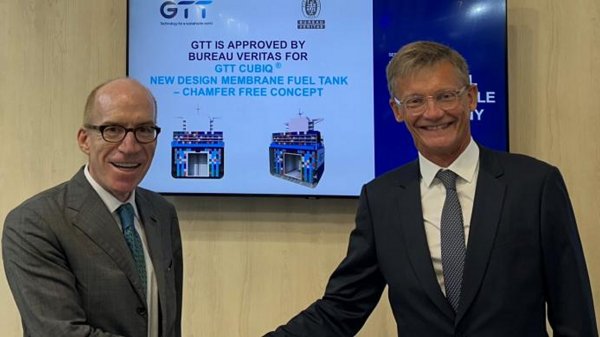
|
GTT unveils cubic LNG fuel tank design for boxships with BV approval
New GTT CUBIQ design claims to reduce construction time and boost cargo capacity. |
|
|
|
||
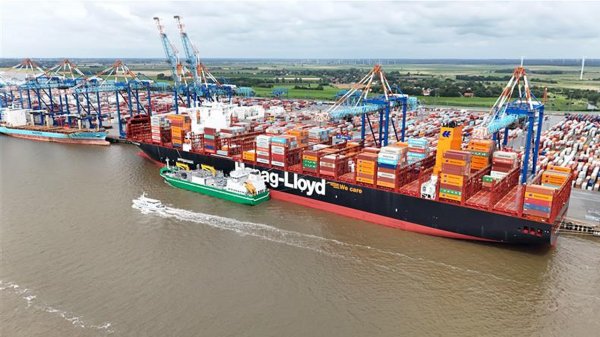
|
Hapag-Lloyd secures multi-year liquefied biomethane supply deal with Shell
Agreement supports container line's decarbonisation strategy and net-zero fleet operations target by 2045. |
|
|
|
||
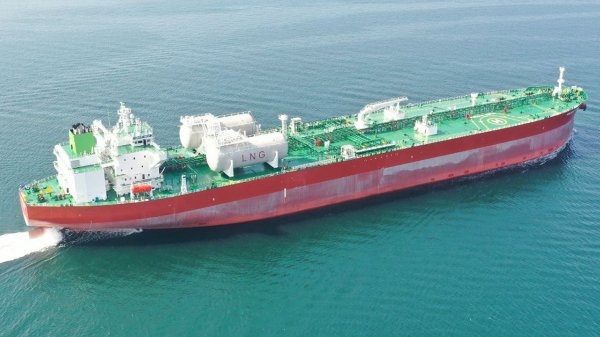
|
Dual-fuel vessels will dominate next decade, says Columbia Group
Ship manager predicts LNG-powered vessels will bridge gap until zero-carbon alternatives emerge. |
|
|
|
||
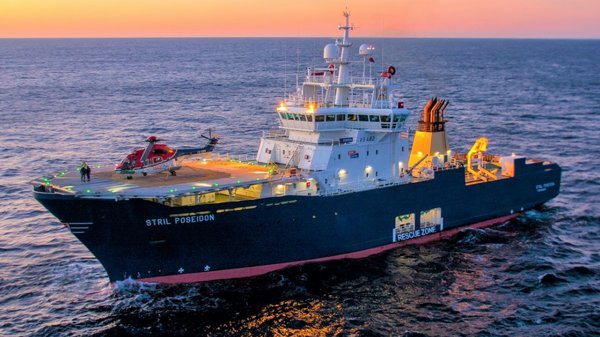
|
VPS campaign claims 12,000 tonnes of CO2 savings across 300 vessels
Three-month efficiency drive involved 12 shipping companies testing operational strategies through software platform. |
|
|
|
||
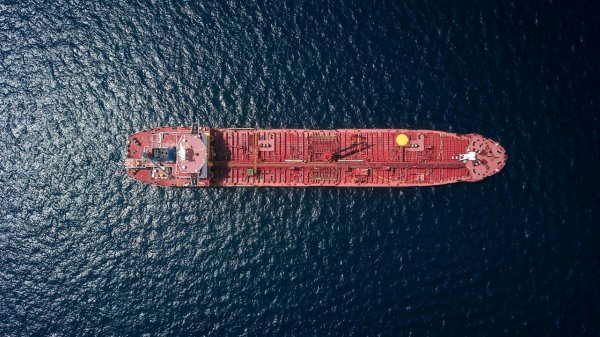
|
Gard warns of widespread cat fines surge in marine fuel
Insurer reports elevated contamination levels, echoing VPS circular in early September. |
|
|
|
||

|
ScanOcean opens London office to expand global bunker trading operations
New office will be led by Christoffer Ahlqvist, Head of Trading. |
|
|
|
||
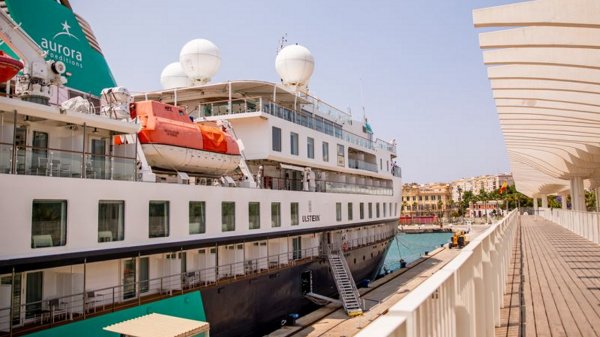
|
Aurora Expeditions claims 90% GHG reduction in landmark HVO trials
Sylvia Earle said to be the first Infinity-class ship to trial HVO biofuel. |
|
|
|
||
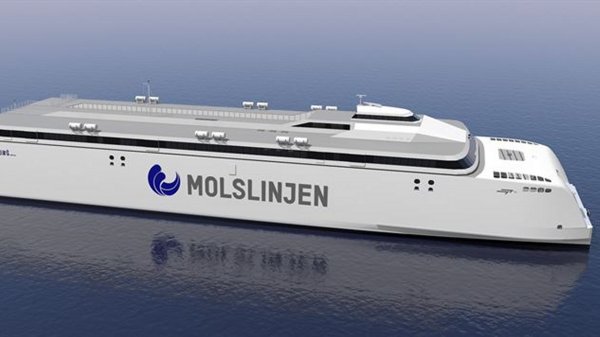
|
Wärtsilä wins contract for electric propulsion systems on two Danish ferries
Technology group to supply integrated electric systems for Molslinjen's battery-electric catamarans. |
|
|
|
||
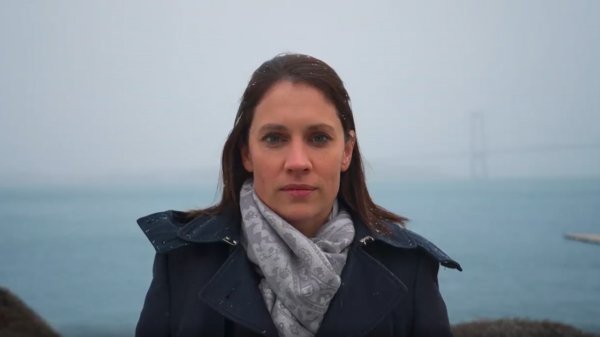
|
Bunker Holding executive to address biofuels at Berlin event
Manja Ostertag will discuss production scaling and supply chain integration at September forum. |
|
|
|
||
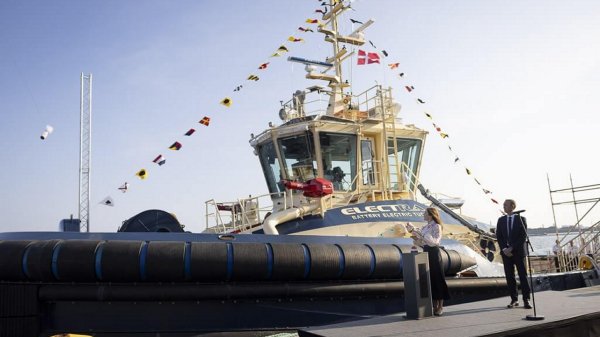
|
Denmark's first electric tug named as Svitzer advances decarbonisation goals
Svitzer Ingrid said to reduce annual CO₂ emissions by 600-900 tonnes using battery power. |
|
|
|
||
| IMO working group develops plan to help ships prepare for 2020 [News & Insights] |
| IBIA posts advice following spate of fuel quality issues [News & Insights] |
| IBIA presents best practice guidance for suppliers [News & Insights] |